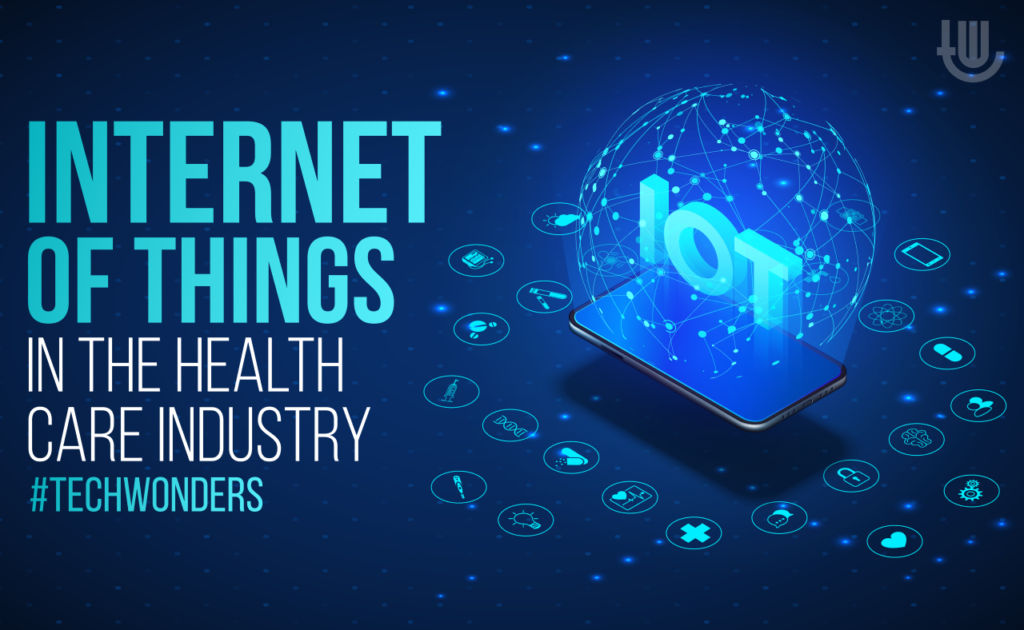The Internet of Things (IoT) plays a critical role in the healthcare industry. It determines how healthcare professionals and patients interact with each other. That’s why most facilities have incorporated the Global Standards Initiative (GSI) to manage patients care. Here are three ways IoT is about to change healthcare as we know it.

Remote Patient Monitoring
IoT has revolutionized remote monitoring in patients, especially those with conditions. This technology has made it easier to check blood sugar and can tell when it rises to dangerous levels. What’s more, devices can be connected to send feedback to the primary physician. This reduces the workload of the healthcare workers trying to cope with the high number of patients.
Remote patient monitoring is designed to give interconnected devices and allows for a wide variety of data. And thanks to smart sensor technology, you can access a wide variety of information. Since RPM consists of several technologies, some devices provide connections between doctors and patients.
The Internet of Things (IoT) has been employed by forward-thinking hospitals. And is used by caregivers for remote patient monitoring and is being leveraged in settings of all types.
While robotics is not designed to replace your family physician, they play a crucial role in improving patient experiences.
Advantages of RPM
One perk offered by remote patient monitoring is convenience. With IoT, you get near-instant capabilities and an automated system of scheduling. Another advantage is timeliness. This technology can be helpful during time-critical time events – those that mean the difference between time and death.
Experts also agree that IoT is boosting accuracy and efficiency. When you connect all devices, you can get early intervention for flagged patient conditions and emergencies. Patient monitoring also improves safety through improved digital security. And this explains why smaller hospitals are using Remote Patient Monitoring for safety and security.
Low latency is also critical when providing healthcare services, and this is what IoT strives to achieve. For instance, the sensors that power heart monitors can be connected to the cloud. A slowdown in data processing can prevent a sudden change in the heart rate or blood pressure.
And as the demand for wearable grows, healthcare facilities need real-time data processing. But IoT goes beyond the wearables – there’s a whole ecosystem of hardware that collects and analyzes data in real-time.
For instance, IoT-enabled devices can monitor specific parameters and create a personalized plan.
So far, remote patient monitoring has gone beyond the normal standards of care. Patients love it, and they feel like they are being cared for. Not to mention, there are high engagement and satisfaction rates.
Workflow Optimization
The IoT helps to streamline processes and optimize the workflow. Instead of creating a paper trail, the healthcare personnel can help to analyze more data than before. Hospitals can embrace sophisticated technology to create streamlined work processes and diagnose issues quickly.
With workflow optimization, doctors and nurses can know when and where you are. Truth be told, when doctors attend to you faster, there’s less confusion.
IoT helps to identify inefficiencies and weak points in the healthcare industry. It recognizes valuable patterns and operational activity. With IoT solutions, you can be sure of a smooth and operational workflow of hospitals. Some facilities are now using the GSI healthcare platform based on the needs of doctors.
That’s not all. IoT helps you to get the most accurate information within a limited space. Not to mention, the doctors and administrative staff can use data to ensure quality time with patients.
Inventory Management
IoT provides real-time visibility across the hospital. It strengthens legacy management systems and minimizes management systems. And once IoT is integrated into the ERP systems, you can be sure of the best possible data to make business decisions.
Medical professionals are always looking for ways to improve healthcare, and IoT can help to achieve this. Since hospitals often contain medications and controlled substances, you can be sure they won’t land in the wrong hands.
IoT technology also helps to keep track of drugs to ensure error-free processes. Rather than just keeping the track numbers, medical facilities get a better view of the inventory – this eliminates the need to scan the labels.
Still, IoT can help to improve forecasting and track inventory. It determines the lead times to avoid the bottlenecks that can halt the distribution of drugs to patients.
Final Thoughts
The IoT goes beyond the analytical systems and wearables. It paves the way to better healthcare systems and helps create a favorable medical environment. In addition to that, users get valuable information to improve the patients’ lives. Of course, this technology has allowed healthcare providers to create a personalized plan for certain conditions like heart disease and diabetes.
The Internet of Things or IoT is improving the patient’s experience when it comes to receiving health care service. It has become more patient centered care as it directly benefits from innovations and technologies.
This was a fascinating read—thanks for breaking down such a complex topic into clear, actionable insights. The potential of IoT in healthcare is truly transformative. I’m especially intrigued by the possibilities around real-time monitoring and early intervention. As wearable devices and remote sensors become more accurate, they could dramatically reduce hospital visits and allow patients with chronic conditions to live more independently. That said, I’d be curious to hear more about how the industry plans to address data security and patient privacy as these technologies scale. With more devices collecting sensitive health data, the risk of breaches seems significant.
Looking forward to seeing how these innovations evolve—thanks again for shedding light on this important shift!